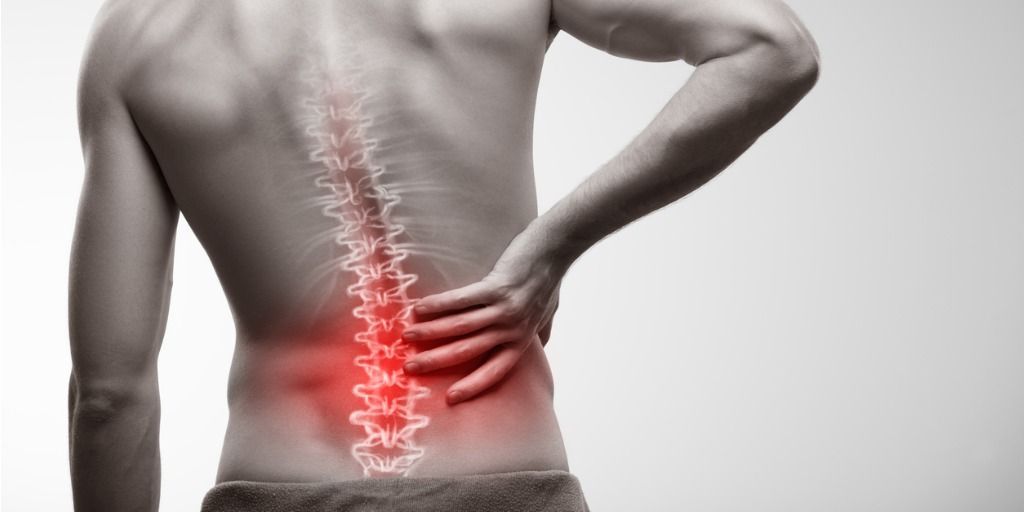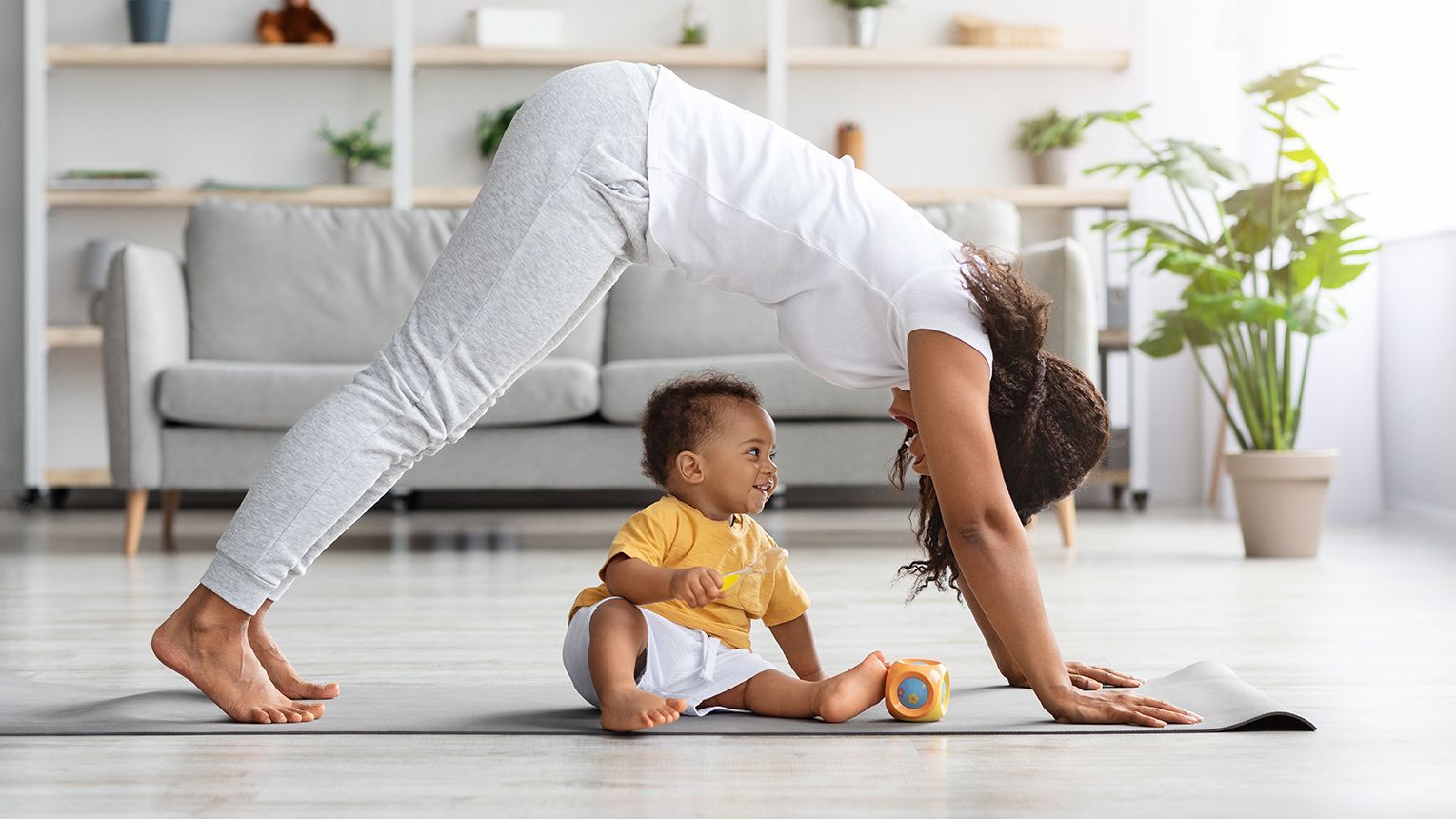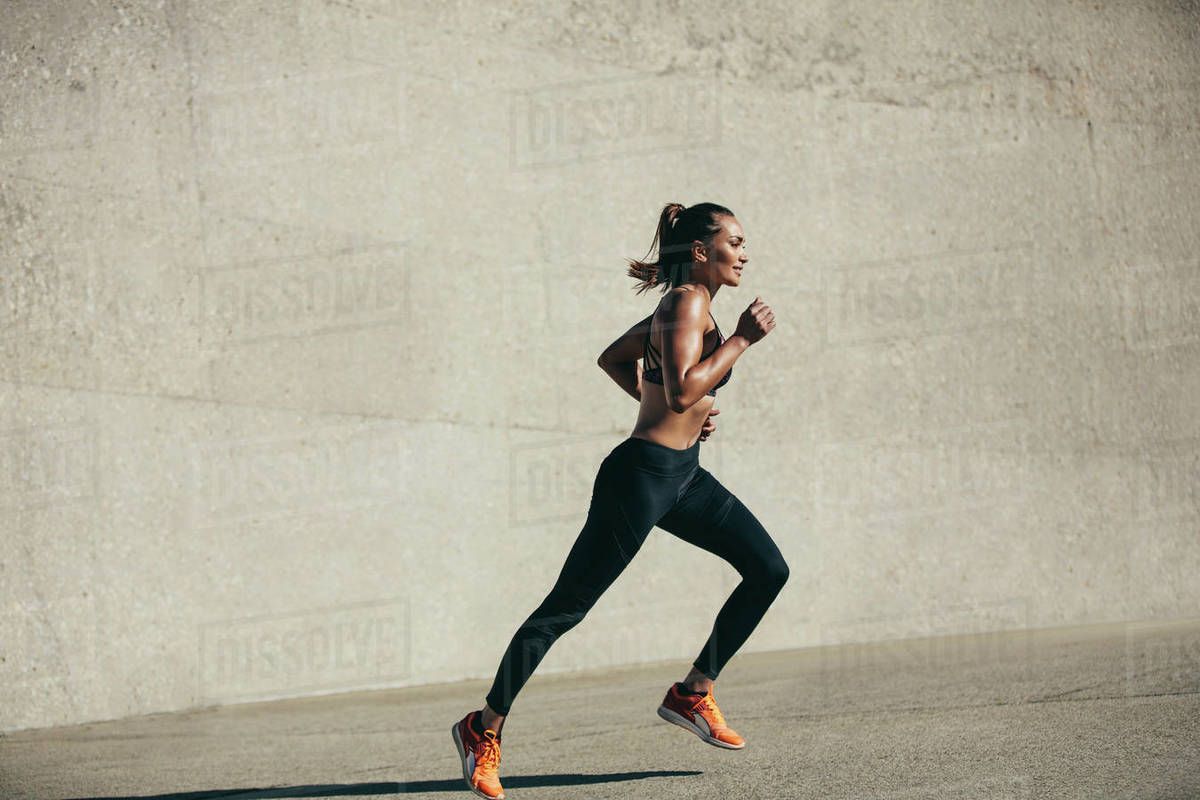Walking for health and longevity
A recent study investigated how the number of steps we walk each day affects our chances of living longer. Researchers completed a meta-analysis (collecting many studies and looking at the combined results), that measured step counts and compared it to people's all-cause mortality (risk of dying from any cause). They looked at seven trials with over 28,000 individuals and discovered that for every 1,000 extra steps completed each day, the all-cause mortality rate fell by around 12%.
They also investigated if factors such as the location of the research or the age of the participants affected the results, they found no statistically significant differences. Taking more steps generally reduces your chance of death. Walking 16,000 steps per day was associated with a 66% lower risk of all-cause mortality when compared to walking only 2,700 steps. To put it another way, walking only 2,700 steps per day was linked to a 3x increased risk of death compared to walking 16,000 steps.
Before leaping to conclusions, keep in mind that just because those who walk more tend to live longer doesn't mean that walking directly makes you live longer. It's possible that healthy people are naturally more active. However, some other studies have shown that even moderate walking programs can benefit a variety of health indicators, once again implying that walking more may help you live longer.
In the meta they also compared some well-known causes of all-cause mortality, smoking and obesity against walking. It was surprising to see that walking only 2,700 steps a day had a greater effect on mortality with a 200% increased risk, than smoking or even obesity at 70-80% increased risk and 74% increased risk at a 40 BMI respectively.
So, while going to the gym, lifting weights and doing classes to staying healthy is defiantly beneficial, this study emphasises the value of simply moving more in your daily life. Even if you have a busy schedule or live in an area that is not conducive to walking, finding strategies to increase your daily steps could lead to a longer, healthier life.
References:
- Leuphρων, R. (2014, August 11). How many steps/day are enough? For adults. PubMed (original PMID: 21798015, PMCID: PMC3197470, DOI: 10.1186/1479-5868-8-79)




